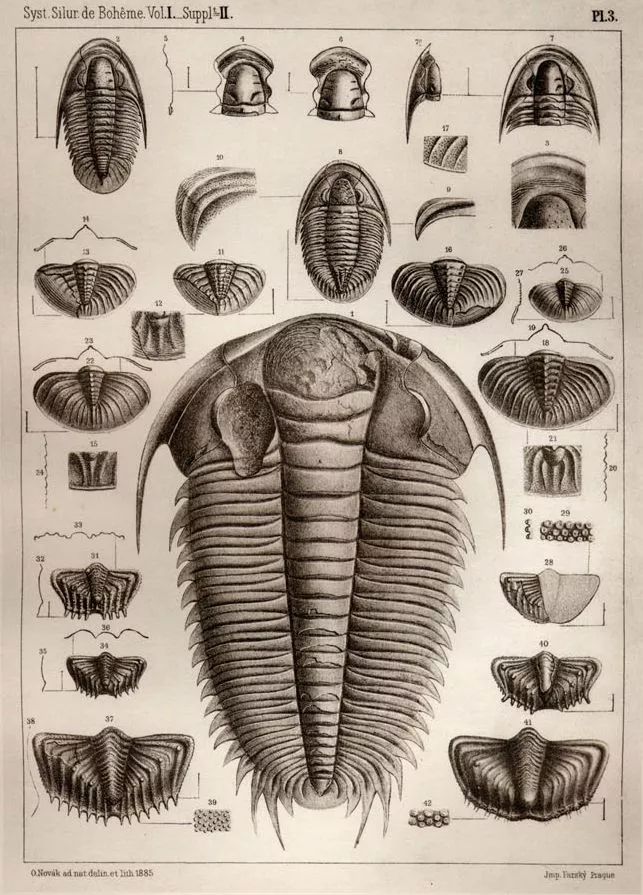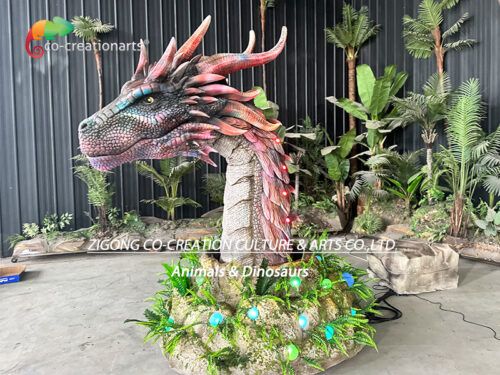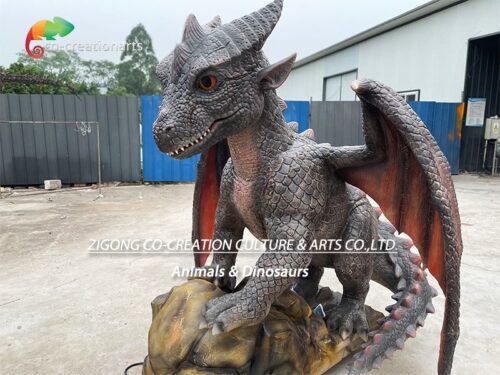
A 520-million-year-old trilobite fossil has been discovered in Yangquan
Shanxi Evening News (reporter Wen Lifang) Recently concluded the 2022 paleontological fossil resources survey project in Yangquan City, the investigation team found that the “caddis moth” in the villagers’ mouth is actually a trilobite fossil that lived in the Cambrian Period 520 million years ago, which is the oldest known animal fossil in Yangquan City.

Yangquan City geological disaster prevention center staff, the city of paleontological fossil research field professional and technical personnel Bai Zhijun introduced, “the legend of the moth” in the eastern mountain villages of Yangquan City has a long history, many villagers in the mountain breaking stone occasionally found that the stone has a mysterious mark resembling a moth.
This year’s spring ploughing, Yangquan City, Pingding County Donghui Town Qieoncun Village several villagers saw geological personnel with geological hammer in the mountains to investigate, they told the staff about the “cstone moth” story: “When I was young and people together to build roads, in the stone to see a lot of stone moth moth, like a butterfly, is also strange, how can fly insects in the stone? They say it’s a caddis moth. I’ve met it twice in my life.” Another villager put it even more fanciful: “The old man used to say that caddis moths would fly away as soon as they were dug up, so it was hard to come across.”

In this year’s investigation of paleontological fossils, the investigation team found many trilobite fossils in the microcrystalline limestone of the Cambrian Zhangxia Formation to Gushan Formation in Donghui Town, Pingding County. Most of the trilobite fossils were the debris left by the slough of trilobite growing in the coastal shoals. These trilobites have seven pairs of spines on their tail carapace, two of which are thick and long, and resemble butterflies, so experts named this trilobite butterfly butterfly. The investigation team communicated with the villagers with the trilobite fossils they found, and finally confirmed that the “caddis moth” in the villagers’ mouth was the fossil of the tail armor of this butterfly.

It is known that these trilobites lived in the ocean about 520 million years ago, which is one of the oldest known animal fossils in Yangquan City. It also reveals that the present Taihang Mountain was a Marine environment for trilobites to live in during the Cambrian period 520 million years ago. “These fossils can be found in Cambrian strata in many mountains in and around our province, but most of the strata are not well exposed or covered by late sediments, making it difficult to find these fossils,” Bai Zhijun told reporters. Yangquan is located in the transition zone between the Loess Plateau and the North China Plain. The Cambrian strata are relatively complete and easy to find fossils. The next step is to do a good job in the research and protection of paleontological fossils, and effectively develop and utilize this precious resource.”

In the specimen storage room of Yangquan Municipal Bureau of Planning and Natural Resources, there is a complete trilobite abdominal pressure specimen with a length of 8.5 cm. After identification, this is a complete specimen of papillonella. Bai Zhijun said the “caddis” fossil found during the investigation is the same species as the papillonidae specimen collected in Yangquan City.

Director of Yangquan Geological Disaster Prevention Center Chen Jianguo introduced: “Since the discovery of trilobite fossils, we have recommended young scholars from Shanxi Institute of Engineering and Technology and other institutions to carry out geological research, geological practice and science popularization activities of paleontological fossils at the site where the fossils were found. In the future, on the basis of protecting the ecological environment and fossil resources, multi-departmental cooperation will further do a good job in cultural tourism and scientific popularization of Taihang Mountain.”

The rock that preserves trilobite fossils in the Zhangxia Formation to Gushan Formation of Yangquan Cambrian is called microcrystalline limestone, commonly known as Bian- stone. These rocks are the products of weak hydrodynamic force or still water environment, with relatively uniform stratification, and trilobite fossils are often sandwiched between the stratification. Microcrystalline limestone is a compact massive microcrystalline aggregate of limestone, the main chemical composition of calcium carbonate, is a sedimentary rock. It is known that in Shandong, there is a kind of inkstone called Duofu inkstone, and Yangquan City found trilobite rock is the same microcrystalline limestone, because the rock has another trilobite tail like bat, so named. Therefore, local experts propose to develop and utilize them, encourage craftsmen to design and make these stones, create colorful stone products, promote stone culture, and create new highlights for the cultural tourism of Taihang Mountain in our province.







